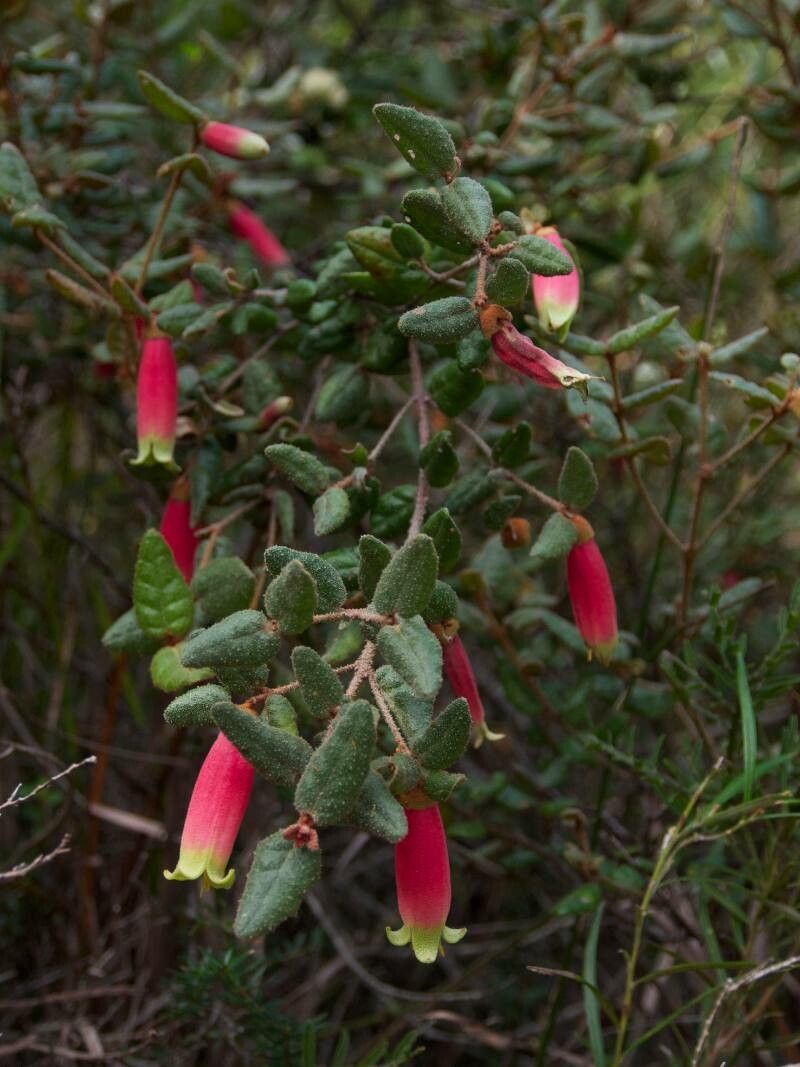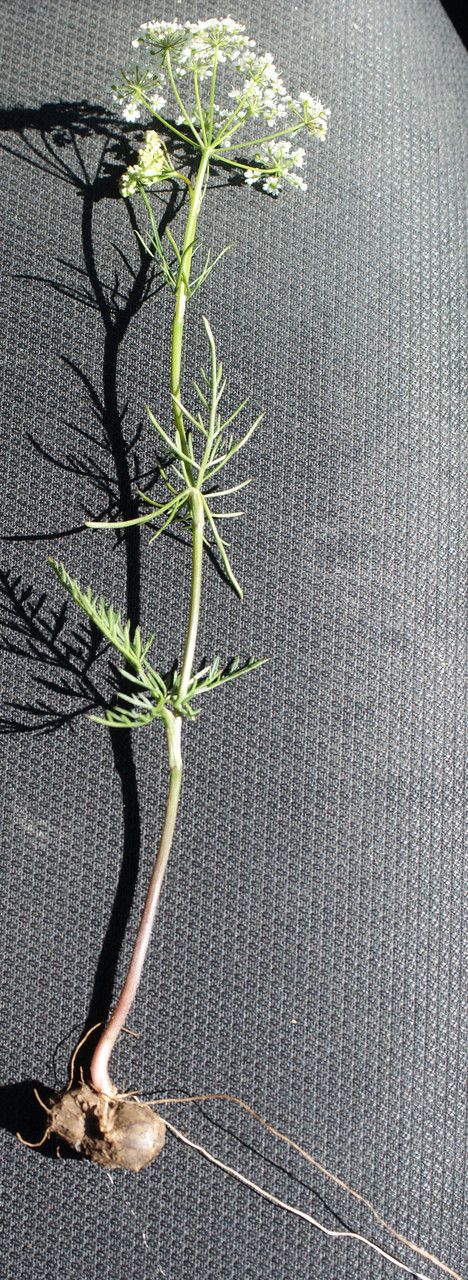## American Willowherb: A Wildflower Delight
American Willowherb, also known as Fireweed ( *Epilobium angustifolium*), is a striking perennial wildflower belonging to the Onagraceae family. Its vibrant pink-purple flower spikes and remarkable adaptability make it a captivating addition to gardens and a fascinating subject for botanical enthusiasts. This comprehensive guide will equip you with the knowledge to successfully cultivate this resilient plant.
### Habitat and Growth
Native to North America, American Willowherb thrives in a variety of habitats, demonstrating its hardiness and versatility. It's often found in disturbed areas, meadows, open woodlands, and along roadsides. Its ability to colonize areas after wildfires or disturbances has earned it the nickname "Fireweed." This speaks volumes to its resilience and low-maintenance nature.
### Sun Exposure and Soil Needs
American Willowherb thrives in full sun to partial shade. It tolerates a wide range of soil conditions but prefers moist, well-drained soil. While it can handle less fertile soils, it will flourish in areas with rich, loamy earth. Avoid extremely dry or waterlogged conditions, which can hinder growth.
### Planting and Propagation
American Willowherb can be propagated through seeds or by division. Seed sowing is best undertaken in spring or autumn. Scatter the seeds directly onto prepared soil and gently cover them. Division is another effective method, especially for established plants. Divide the root clump in spring or autumn, ensuring each division has healthy roots and shoots.
### Care and Maintenance
American Willowherb is remarkably low-maintenance. Regular watering, especially during dry spells, is crucial, particularly during the establishment phase. Deadheading spent flowers will encourage continuous blooming throughout the summer. While generally disease-resistant, monitor for pests such as aphids and address them with appropriate organic controls.
### Landscape Uses
American Willowherb's striking appearance and ease of cultivation make it a valuable addition to various landscape settings. Its tall, upright habit makes it an excellent choice for borders, wildflower meadows, and naturalized areas. It can also be grown in containers, provided they are sufficiently large to accommodate its root system.
### Ecological Importance
Beyond its aesthetic appeal, American Willowherb plays a significant ecological role. It provides nectar for pollinators and seeds for birds and other wildlife. Its ability to quickly colonize disturbed areas contributes to habitat restoration and soil stabilization.
### Potential Challenges
While generally robust, American Willowherb can become somewhat invasive in optimal conditions. Regular monitoring and deadheading can help prevent uncontrolled spread. In some regions, it is considered an aggressive spreader, so research your local ecological context before planting it extensively.
### Conclusion
American Willowherb offers a unique blend of beauty, resilience, and ecological significance. With minimal effort, you can enjoy the vibrant blooms and remarkable adaptability of this captivating wildflower in your garden, contributing to a diverse and thriving ecosystem.
American Willowherb: Planting Guide & Care

Frequently Asked Questions
How do I grow American Willowherb from seed?
Sow seeds in spring or autumn directly into prepared, moist soil. Gently cover the seeds and maintain consistent moisture until germination.
What are the best conditions for American Willowherb?
American Willowherb thrives in full sun to partial shade and prefers moist, well-drained soil. It tolerates a wide range of soil types but performs best in rich, loamy earth.


